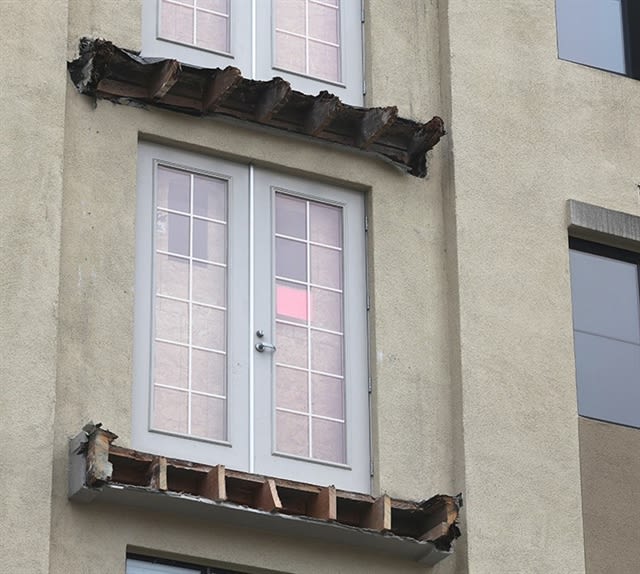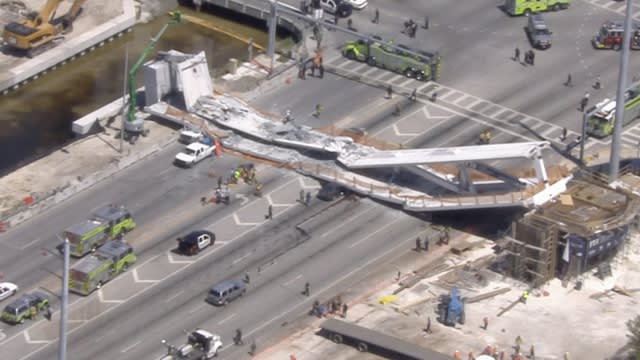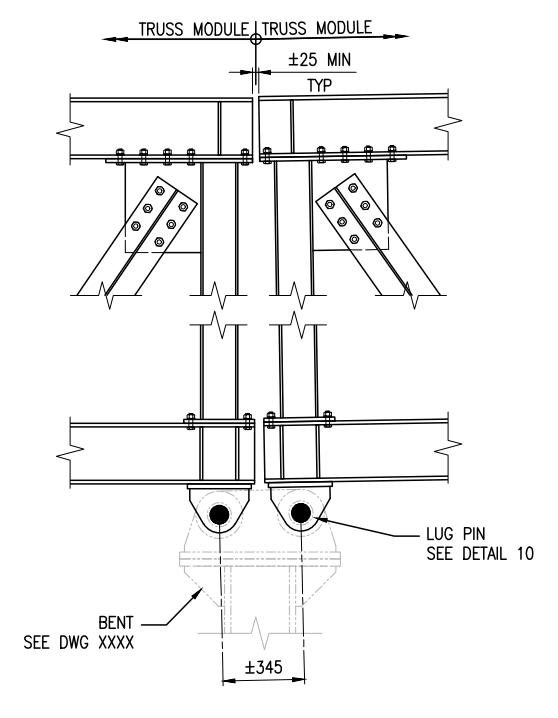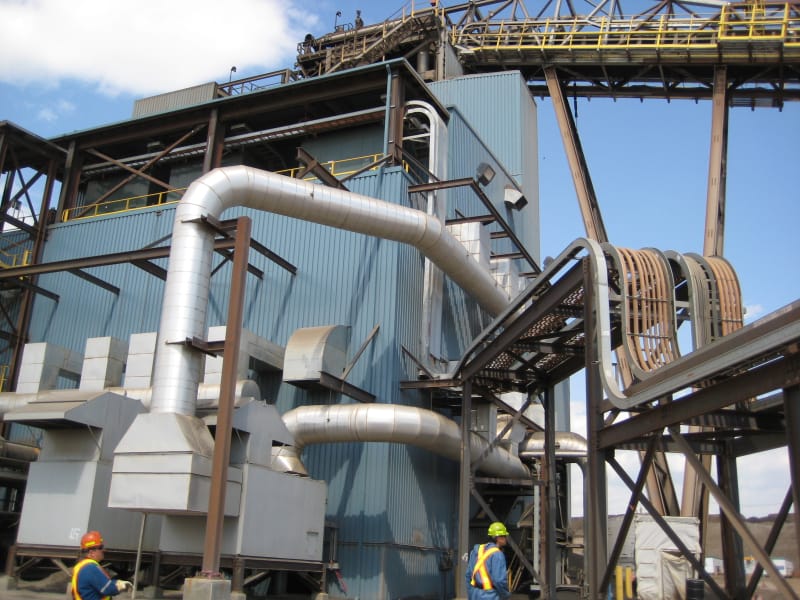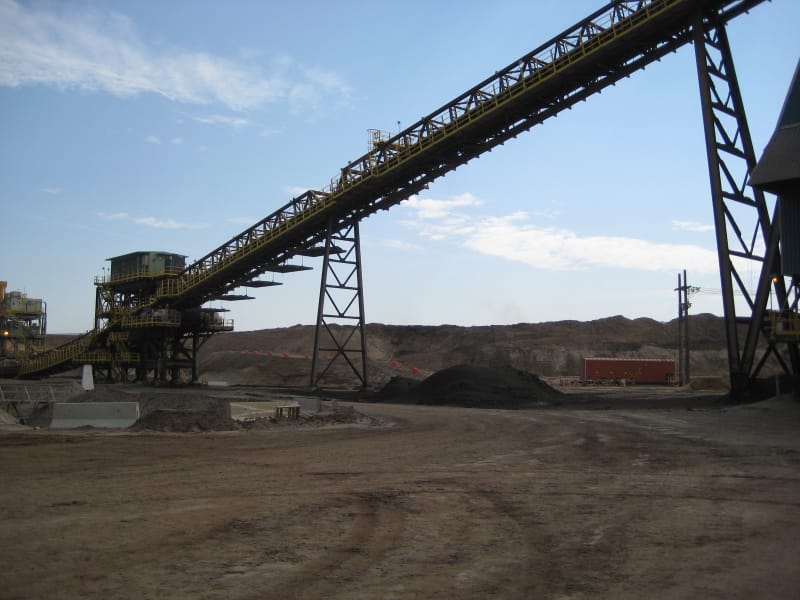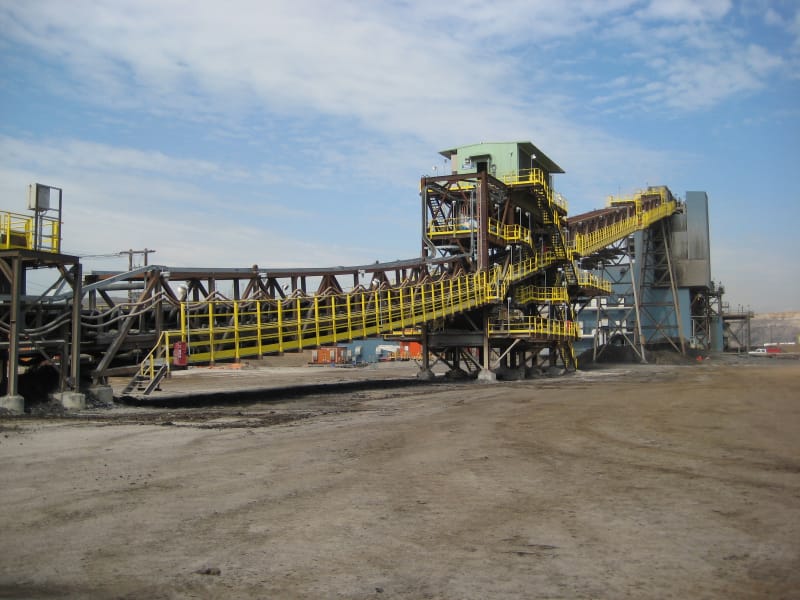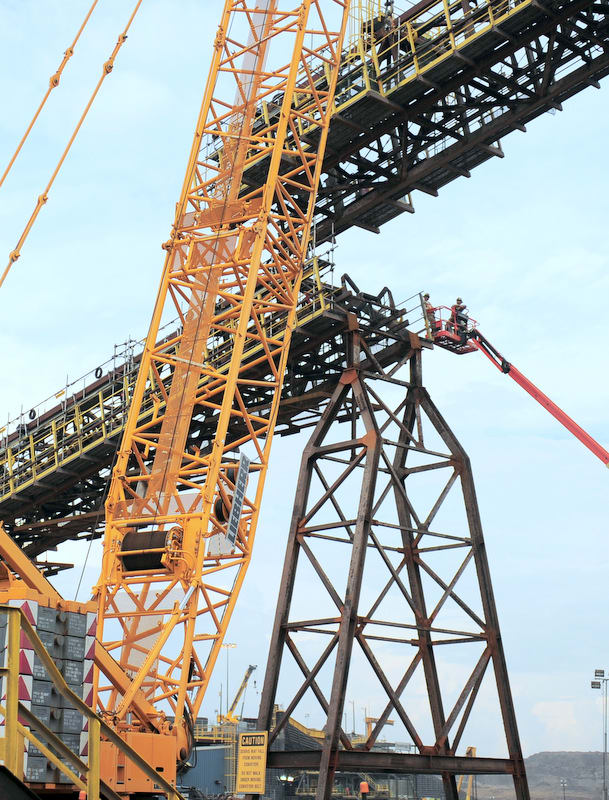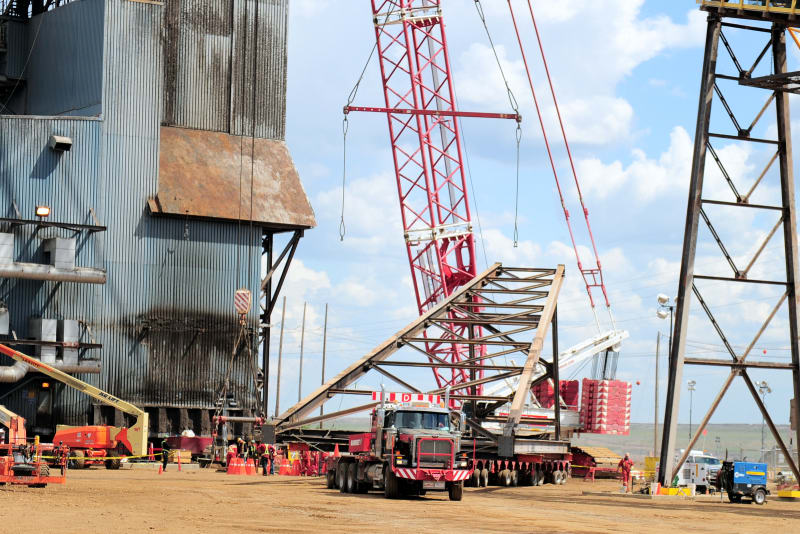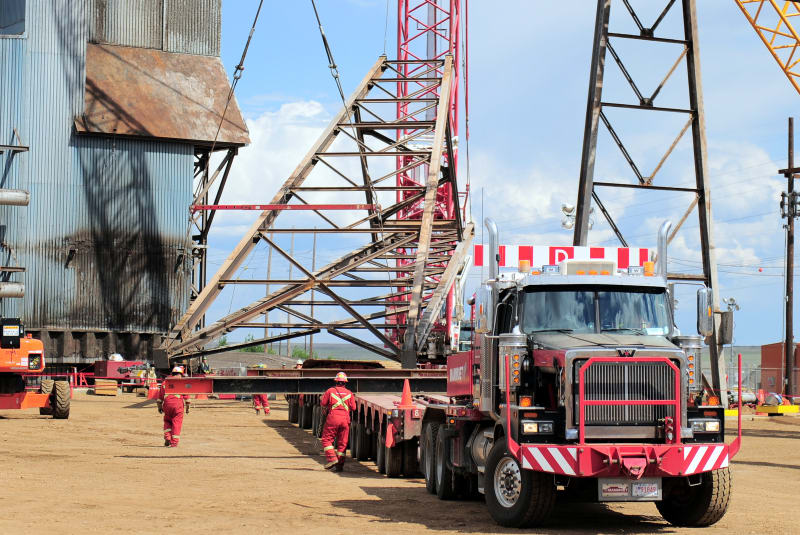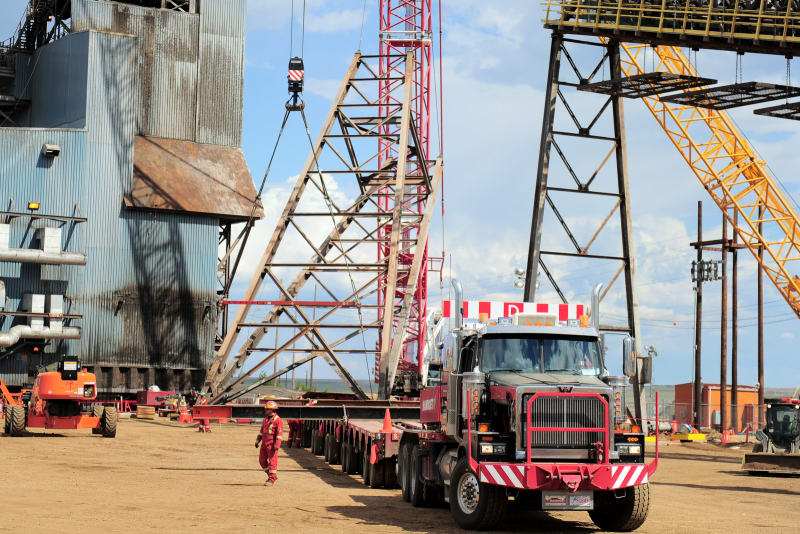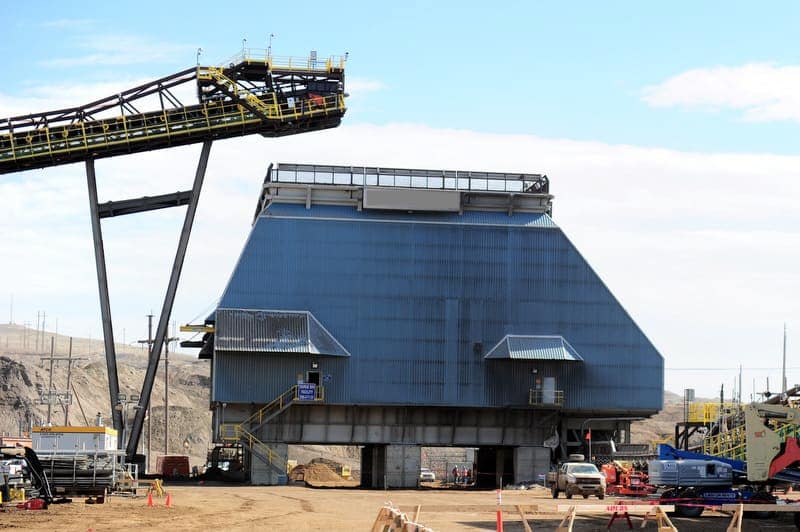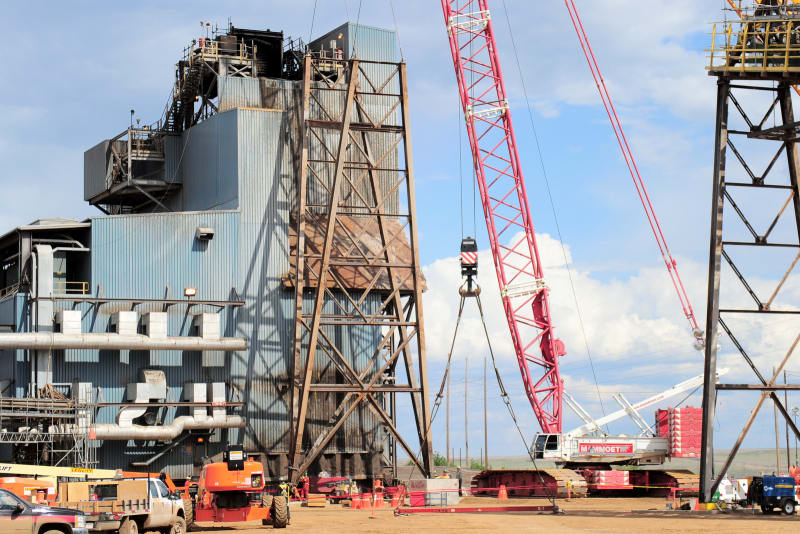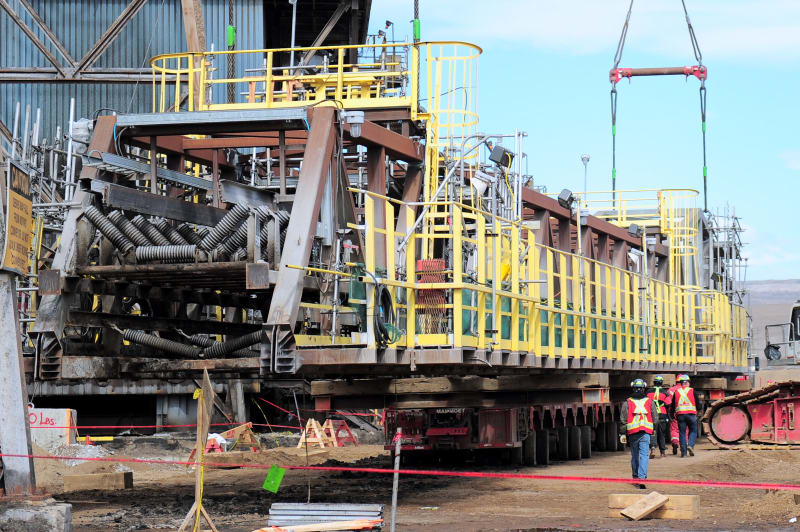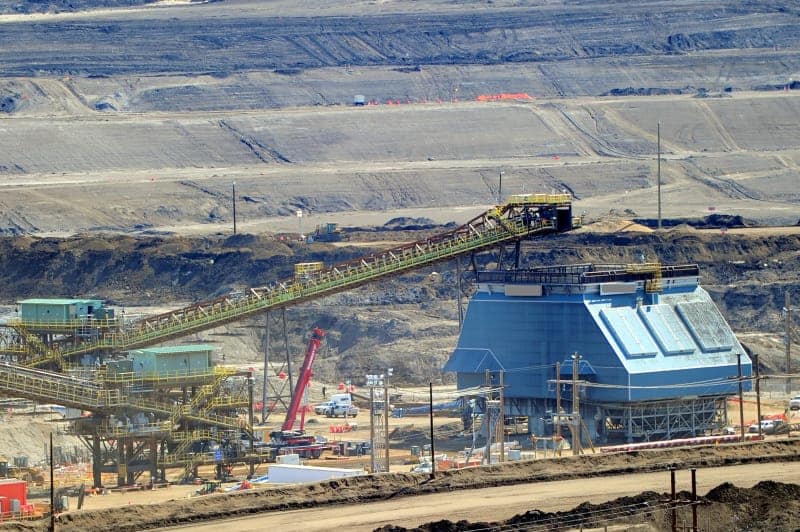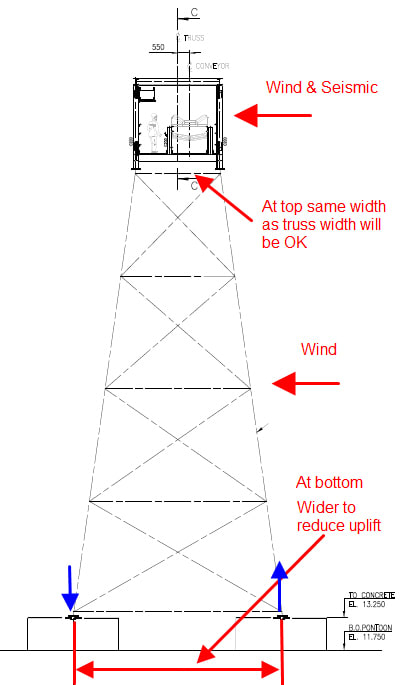StrP88
Civil/Environmental
- Feb 4, 2016
- 189
I am looking for a source that kind of explain structural design of conveyor truss and trestles.
Also kind of struggling understanding the supports of conveyor on top of trestles? Whats a fixed support will look like and what a roller will look like on top of trestle?
How are these trusses just individual segments that will install individually on top of trestle? Do they connect them? Do we design the truss continuous over trestle?
What type of support do we use at each end of whole thing? Do we use the pinned on the very top? or on their bottom?
Any book points these things out? Most books I seen are about belt and mechanical side of conveyor rather that supporting structure?
Any article, book, power points, training? I appreciate your help
Also kind of struggling understanding the supports of conveyor on top of trestles? Whats a fixed support will look like and what a roller will look like on top of trestle?
How are these trusses just individual segments that will install individually on top of trestle? Do they connect them? Do we design the truss continuous over trestle?
What type of support do we use at each end of whole thing? Do we use the pinned on the very top? or on their bottom?
Any book points these things out? Most books I seen are about belt and mechanical side of conveyor rather that supporting structure?
Any article, book, power points, training? I appreciate your help



